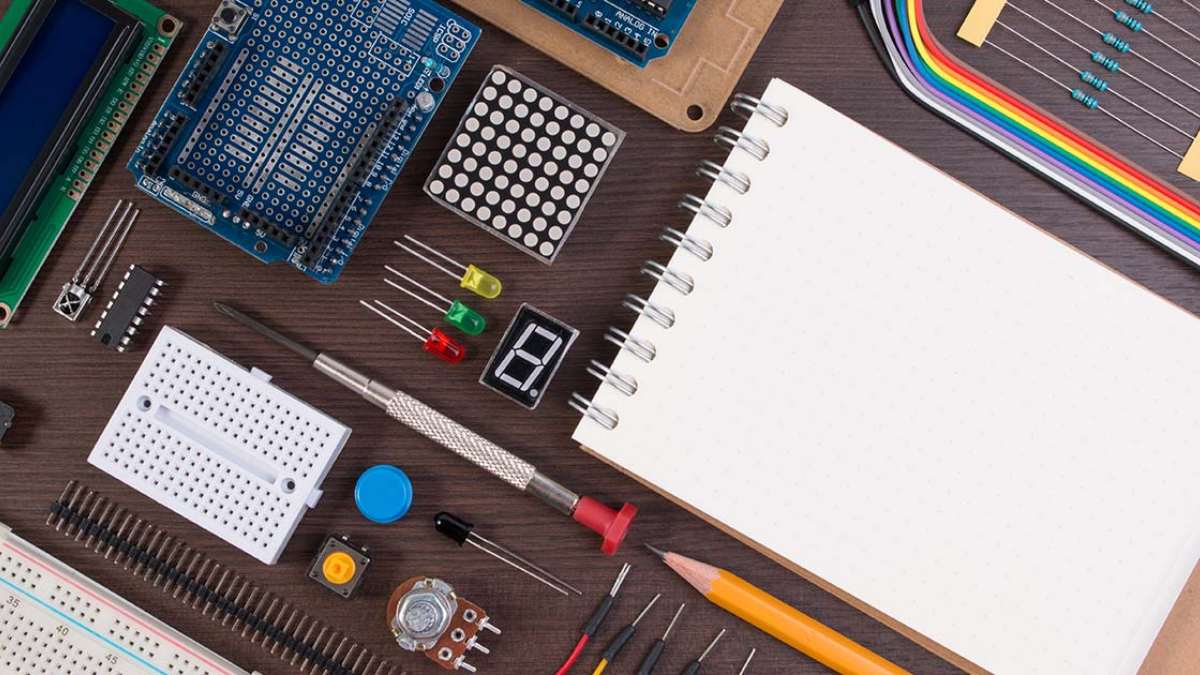
Electronic design in textbooks merely show you how you can create one to fill an application. However, there’s a world of difference between just creating a schematic to actually making a good design for your electronic product.
Aside from applying what you’ve learned, here are 6 tips to make the most of your electronic design.
Table of Contents
Take the Requirements to Heart
A common beginner’s error is to dive right in without fully understanding details surrounding the product. Engineers will need to at least get an idea of what they’re making and its requirements, specifically the layout, schematic design and block diagram.
Slow down, take note of the requirements and get documentation from component manufacturers or chipmakers as needed.
Craft Your Block Diagram
A block diagram is a simple form of the design you’ll be making later on. It serves an important purpose- you visualize the process and lay down the goals and components in an easy-to-understand medium.
Almost every electronic product design starts with a block diagram, with helpful descriptions of blocks (components) and how they’re interconnected. It’s a good idea to list output and inputs as well this early in the process.
Lay Out the Functional Units
Physically speaking, the circuit board is one huge platform where you’ll be putting the components together. However, you’ll want to divide it up so you can focus on problem areas without disrupting others that are already fixed.
This is important especially if several different teams or groups will be working on a specific unit or block.
Don’t Forget Your Nets
It may seem counterintuitive (and a waste of time) having to name each net in your board and putting in its purpose, but it will definitely come in handy come debugging and troubleshooting.
Similar to the divide and conquer strategy, you’ll want to be as thorough as possible so you won’t have to spend so much time and effort later on when running simulations.
…And Your Notes
Documentation is like keeping a journal in a step by step manner. It’s very important when designing an electronic circuit and when you’re putting them all together.
Taking notes of the electronic design and its components, as well as laying out the logic board and special considerations will help you in more ways than one. Notes help foster collaboration, faster cross-referencing and lets you ‘rewind’ in case of errors or when you want to improve your work in its final phase.
Don’t Take Shortcuts
Effective electronic design is all about being meticulous in your work and being thorough. Previous tips show that hard work pays off, and you should take full measures in detailing your work or else it becomes more difficult to troubleshoot down the line.
Maximizing electronic design is important if you want a truly memorable product and something that could be innovative and forward-thinking. If you need the help of a professional electronic design service, try Integra Sources. The firm can help improve the layout, block diagram and more and set you down the right path until completion.